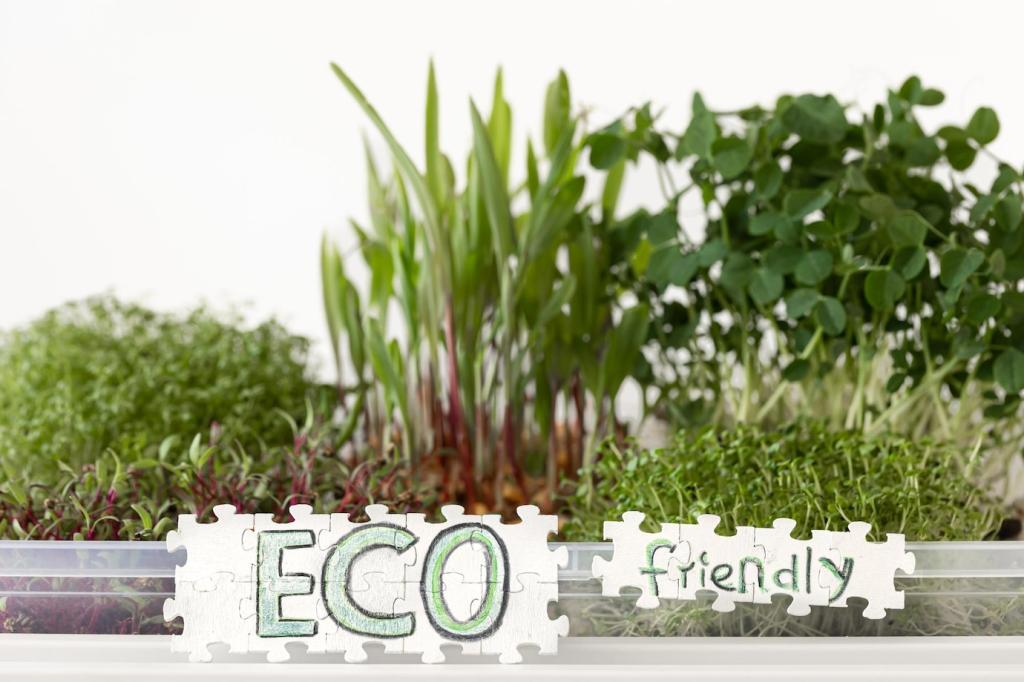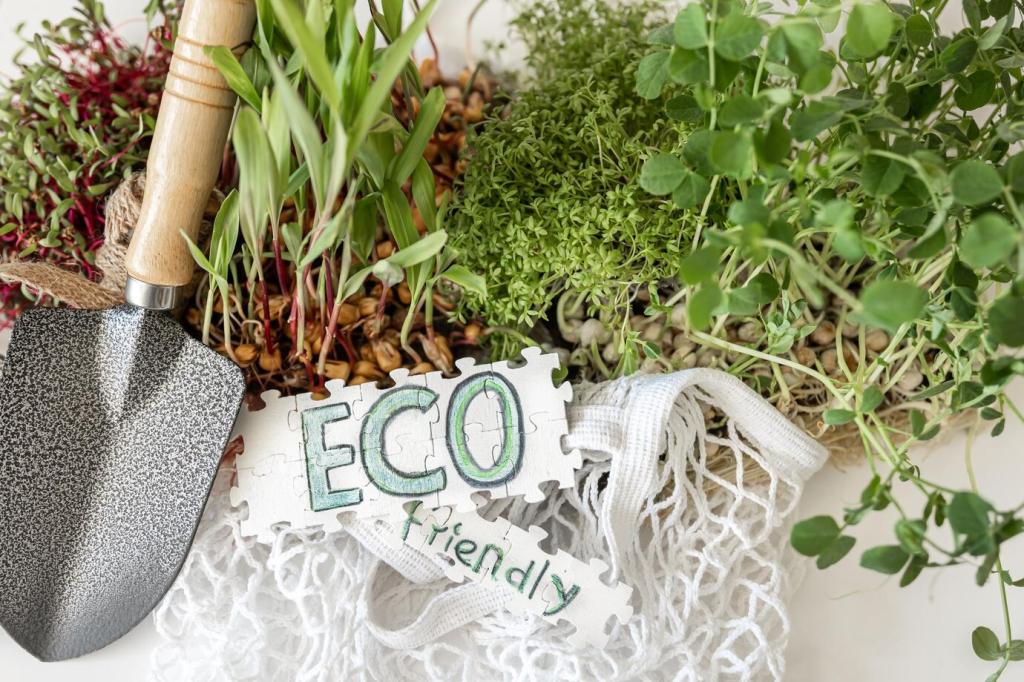Designing a Closed-Loop Garden
Collect kitchen peels, coffee grounds, cardboard, and leaf litter, then route each material to its highest use. When scraps become compost, mulch, or worm food, your garden grows richer while your trash bin grows lighter. Share your favorite reuse tip in the comments today.
Designing a Closed-Loop Garden
Place composters near beds, rain barrels near thirsty crops, and tool repair stations by the shed. This intentional layout keeps loops short, reduces effort, and makes zero-waste practices feel natural. Post a sketch of your layout and inspire another gardener to try it.






